The museum’s first interdisciplinary exhibition has opened at the M+ Pavilion in Hong Kong. It studies SEA’s vast assortment of cultural expressions.

'Competition model, Negeri Sembilan State Mosque, Seremban, Malaysia, 1965–1967' (1967, reproduced 2018) by Malayan Architects Co-partnership (later Architects Team 3) (Singapore). Copyright Architects Team 3
July 11th, 2018
“Looking at a specific region can unearth under-represented histories and cultural expressions, while expanding our appreciation of who and how we are in relation to the world. This is at the heart of M+’s work,” write Pauline J. Yao (Lead Curator, Visual Art) and Shirley Surya (Associate Curator, Design and Architecture) of M+ in their curatorial statement for the museum’s new exhibition In Search of Southeast Asia Through the M+ Collections. The show opened on 21 June at the M+ Pavilion in Hong Kong.
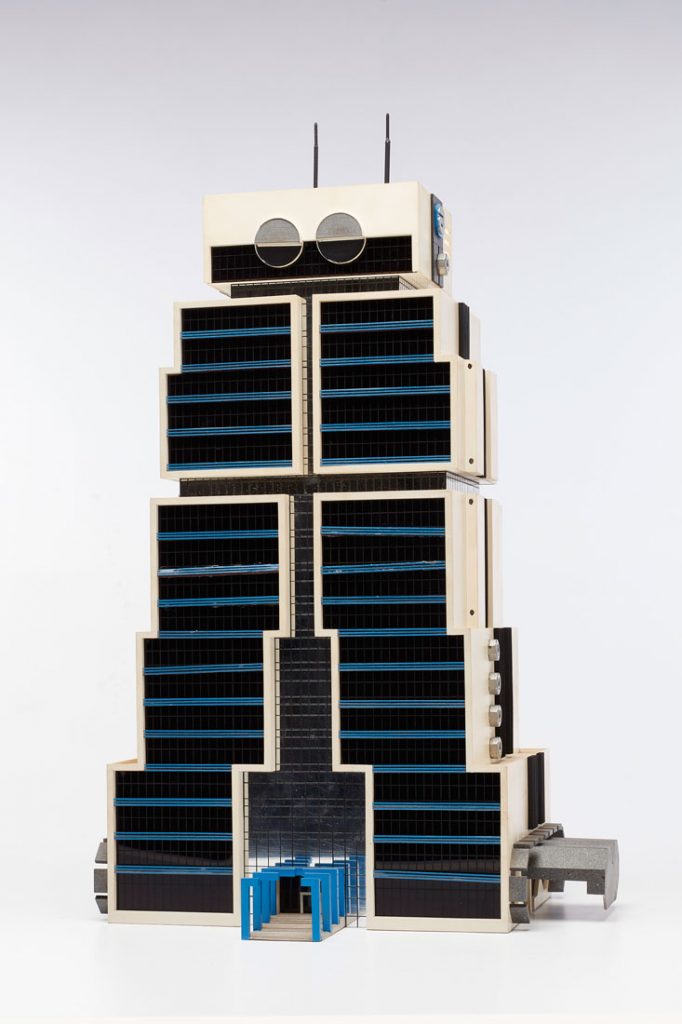
‘Model, Bank of Asia Headquarters (now United Overseas Bank Bangkok Headquarters), Bangkok, Thailand, 1983–1986’ (1990) by Sumet Jumsai Associates (Thailand). Copyright Sumet Jumsai
The exhibition explores the layered conditions of place and the diversity of cultural practices in Southeast Asia through seventy works by twenty-eight artists, architects and designers from nine Southeast Asian countries (Brunei, Cambodia, Indonesia, Malaysia, Myanmar, the Philippines, Singapore, Thailand and Vietnam), as well as Hong Kong, the Netherlands, Sri Lanka, and the United States. The works were selected for their capacity to reinforce Southeast Asia as a specific and accepted geographical entity – south of China and east of India – but also to reference the array of positions and perspectives derived from multiple disciplines and nations.
The interdisciplinary exhibition includes contemporary works of art and design as well as historical archival materials and architectural models grouped into three themes. The first of these, ‘Conditions of Place’, addresses specific local conditions, such as historical origins, climate, topography, vernacular materials and urban environments. The second, ‘States and Powers’, explores the impact of power (exercised through colonial imperialism, nation-building efforts and contemporary statecraft) on cultural expression. The third theme, ‘Transnational Flows’, looks at global flows of people and ideas within and beyond Southeast Asia.
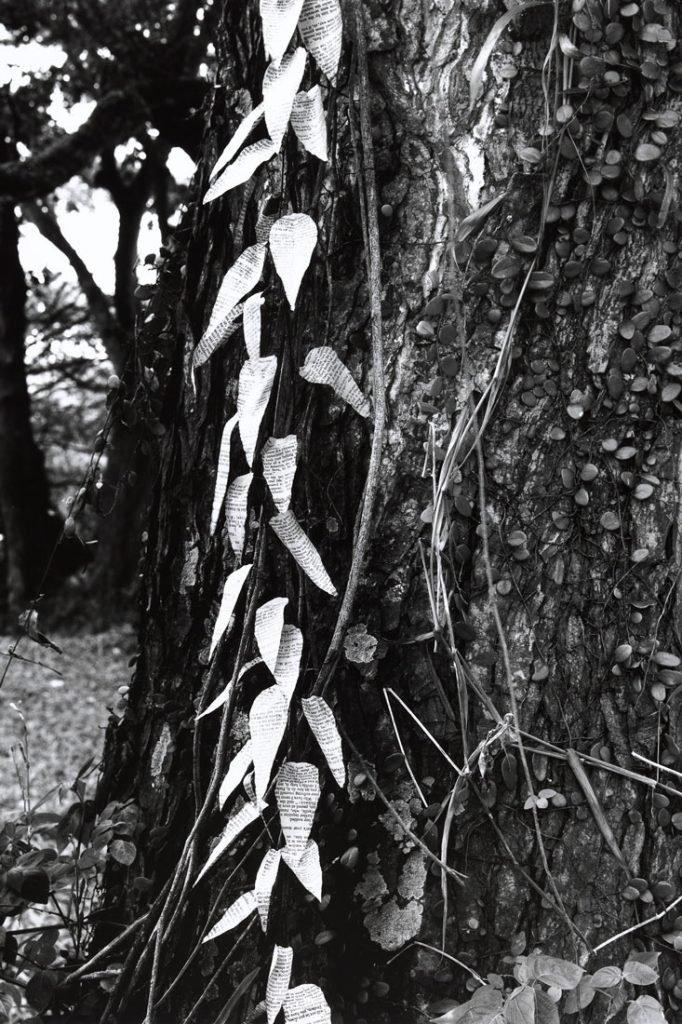
‘Forest #16’ (1996-1998) by Simryn Gill (Malaysia). Copyright Simryn Gill
The archival material presented in the exhibition has a special focus on architecture during the period of post-colonial nation building. It was a goal of the curators to highlight the work of regionally significant, but globally under-represented, architectural practices.
Say Yao and Surya, “Given that Southeast Asia is one of the most diverse and fascinating regions in the world, we wanted to honour its vast assortment of cultural expressions by concentrating on isolated moments, individual perspectives and under-represented microhistories, rather than any overarching narrative or unified perspective. Through the three thematic sections, the exhibition takes the viewer through the divergent, as well as shared, ways artists and designers respond to the multivalent conditions of where they are and how they look at the world.”
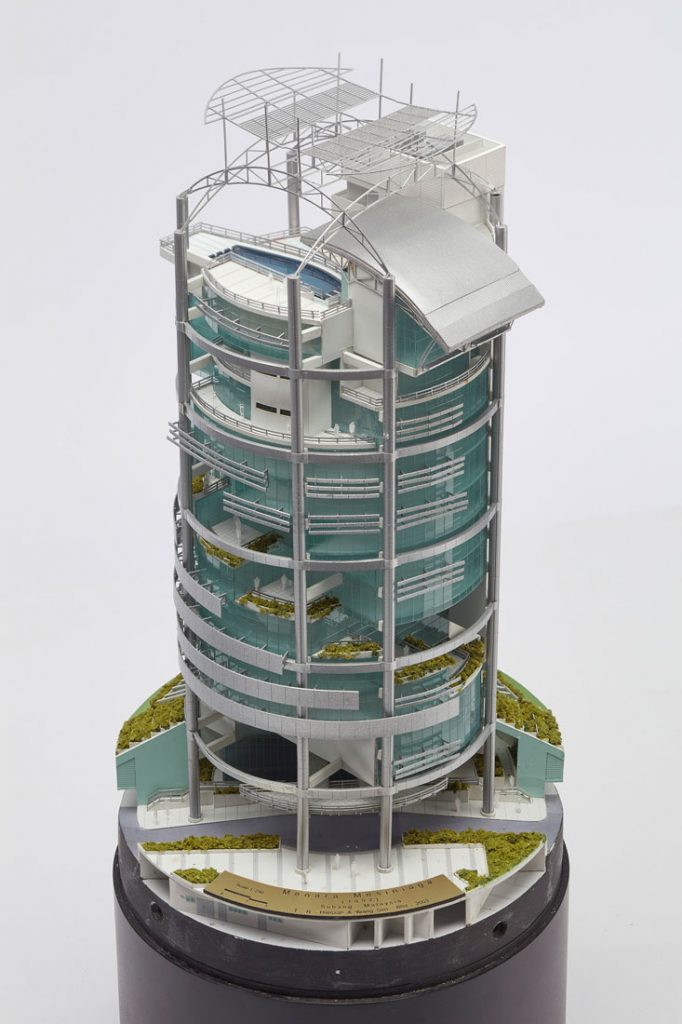
‘Model, Menara Mesiniaga, Subang Jaya, Malaysia, 1989–1992’ (model from c.1992 reproduced c.2003) by T. R. Hamzah & Yeang / Ken Yeang (Malaysia). Copyright T. R. Hamzah & Yeang / Ken Yeang
The exhibition will run at M+ Pavilion in the West Kowloon Cultural District until 30 September 2018. For information on additional programming aspects, visit mplus.org.hk/insearchofsea.
INDESIGN is on instagram
Follow @indesignlive
A searchable and comprehensive guide for specifying leading products and their suppliers
Keep up to date with the latest and greatest from our industry BFF's!

For a closer look behind the creative process, watch this video interview with Sebastian Nash, where he explores the making of King Living’s textile range – from fibre choices to design intent.
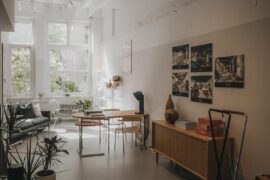
Sydney’s newest design concept store, HOW WE LIVE, explores the overlap between home and workplace – with a Surry Hills pop-up from Friday 28th November.

For those who appreciate form as much as function, Gaggenau’s latest induction innovation delivers sculpted precision and effortless flexibility, disappearing seamlessly into the surface when not in use.
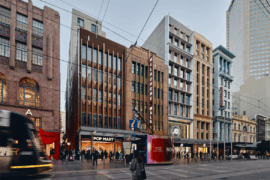
Merging two hotel identities in one landmark development, Hotel Indigo and Holiday Inn Little Collins capture the spirit of Melbourne through Buchan’s narrative-driven design – elevated by GROHE’s signature craftsmanship.
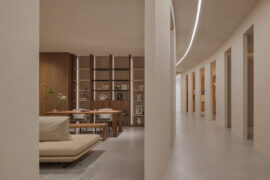
The Simple Living Passage marks the final project in the Simple World series by Jenchieh Hung + Kulthida Songkittipakdee of HAS design and research, transforming a retail walkway in Hefei into a reflective public space shaped by timber and movement.
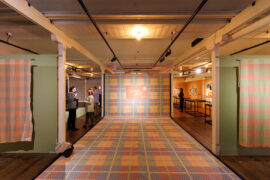
At the National Wool Museum, a new exhibition traces the evolution of Godfrey Hirst and its long-standing role in shaping Geelong’s industrial and design identity.
The internet never sleeps! Here's the stuff you might have missed
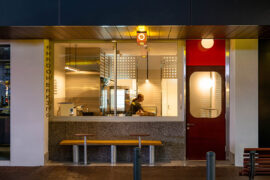
Working within a narrow, linear tenancy, Sans Arc has reconfigured the traditional circulation pathway, giving customers a front row seat to the theatre of Shadow Baking.
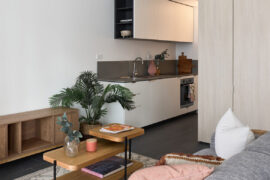
Boronia Apartments in Waterloo, designed by TURNER for City West Housing, delivers 74 affordable rental homes that combine sustainable design with long-term community-focused living.